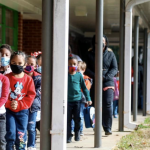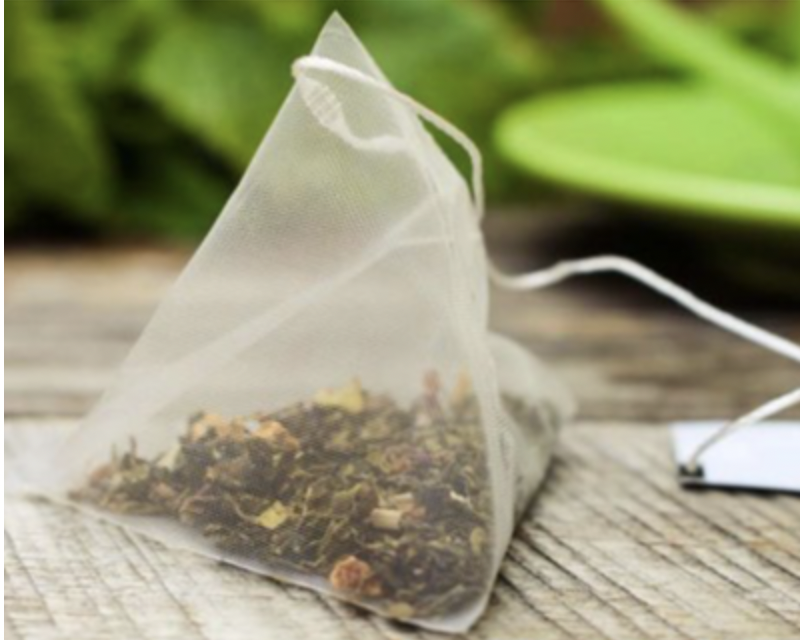 Several badly designed teacher’s pay proposals now before the N.C. Legislature claim they will pay teachers more if they do their jobs well.
Several badly designed teacher’s pay proposals now before the N.C. Legislature claim they will pay teachers more if they do their jobs well.
They will not.
The proposed new laws would have educators’ pay raised only if their student’s learning improves year-after-year on state-wide tests.
This is profoundly unfair to teachers in older school buildings.
Learning is impacted by many things besides the teachers, one of the most powerful of which is the quality of air the students breathe. If the classroom air is not rich in oxygen and has high pollution, learning is reduced by one or two letter grades.
Teachers in older schools: say goodbye to your promised pay raise.
Category: Uncategorized
What is poor air quality is doing to kids, teachers in NC’s oldest schools?

Students change classrooms at Mariam Boyd Elementary in Warrenton on Dec. 7, 2021. The school opened in 1957 and needs renovation. In 2019, the Warren County school board closed another elementary school due to concerns the aging heating system could fail.
The writer heads a nonprofit called the Pollution Detectives, which lends electronic equipment to students, parents and school staff to survey schools for issues with indoor air quality, lead in drinking water, radon gas and leaking HVAC systems.
Recent articles reminded me about an ongoing, unseen tragedy in our state. Thousands were evacuated after a fire broke out Jan. 31 at a Winston-Salem fertilizer plant. The plant contained 600 tons of explosive chemicals but had no sprinklers or fire alarms because the building where the chemicals were stored was built in 1939 and building code did not require them.
Do you know you eat enough plastic each week to make a credit card?
 Imagine an evening (pre-COVID-19) where you take your family out to dinner and all order a family-sized meal of seafood gumbo full of clams, shrimp, and other delights. Yous. You may get more than you bargained for. Turns out that when someone throws a plastic bottle into the ocean, it breaks down into smaller and smaller pieces until it becomes invisible to humans – but it does not go away.[1]
Imagine an evening (pre-COVID-19) where you take your family out to dinner and all order a family-sized meal of seafood gumbo full of clams, shrimp, and other delights. Yous. You may get more than you bargained for. Turns out that when someone throws a plastic bottle into the ocean, it breaks down into smaller and smaller pieces until it becomes invisible to humans – but it does not go away.[1]
Most of the plastic made in the world winds up in water where it breaks down into invisible but long-lasting pieces which gets eaten by wildlife. The bodies of fish, clams, crabs, and other water critters consume these microplastics contain plastic they ate. Bigger fish eat the little fish, you eat the big fish and when you eat the seafood, you also get a dose of plastic.[2]
No charge will appear on your bill – but you will pay for it in your healthcare bills.
If you ordered hot tea with dinner, things could get worse because a surprising number of brands of tea have plastic in the teabag dissolving astounding amounts of invisible microplastics into the hot tea water which wind up in your tummy.[3],[4]
Continue Reading